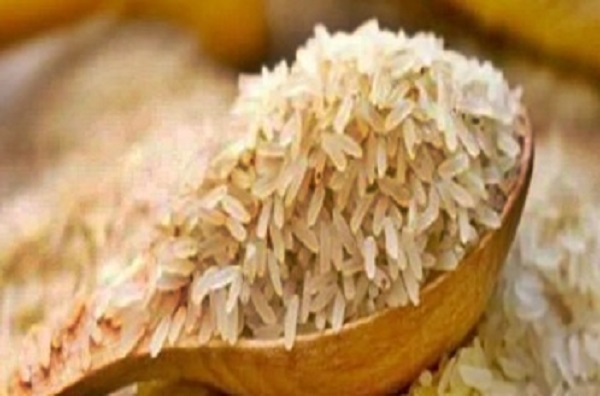New Delhi, Rising domestic rice prices have affected exports this year with shipment of the non-Basmati variety falling about 37 per cent or 10 lakh tonnes, over the previous year.
Though Basmati rice exports have also declined 1.5 per cent, but experts don’t suggest price as reason behind it.
Arvind Kumar Gupta, Director of the Basmati Export Development Institution that comes under the Agricultural and Processed Food Products Export Development Authority (APEDA), told IANS, “Prices of non-Basmati rice are high in the country, which has affected its demand overseas. Exports have declined in the first four months of this financial year (FY20) against the corresponding period of FY19”.
According to APEDA data, 17,06,891 tonnes of non-Basmati rice were exported in April-July of FY20 against 26,94,827 tonnes in the same period of FY19. The non-Basmati rice exports have declined around 9.88 lakh tonnes or 36.66 per cent.
In value terms, it has declined by 36.30 per cent to Rs 48.16 crore over the smape period of FY19. Similarly, Basmati rice exports have declined by 1.42 lakh tonnes to 14.35 lakh tonnes between April and July against the year-ago period.
Vijay Setia, Chairman, All India Rice Exporters Association, said due to the high prices of non-Basmati rice its demand had soften in the foreign market. “The paddy is sold on the minimum support price (MSP) decided by the government, which pushes rates compared with other competitive countries”.
Rise in local production in the importing countries is also the reason behind the falling demand. For instance, demand in Bangladesh has come down because of domestic production, said Setia.
India is world’s top rice exporter, followed by Thailand and Vietnam. Pakistan also exports rice.
“Countries, like Bangladesh, have to pay less shipping charges when they import rice from India. Therefore, high-prices don’t cost them much. But in the far away African countries, the situation is different. They purchase it from where they find it cheaper,” Gupta told IANS.
There is a price difference of around $30 per tonne of non-Basmati rice between India and other nations. It meant that the domestic price was $30 per tonne higher, said Gupta.










